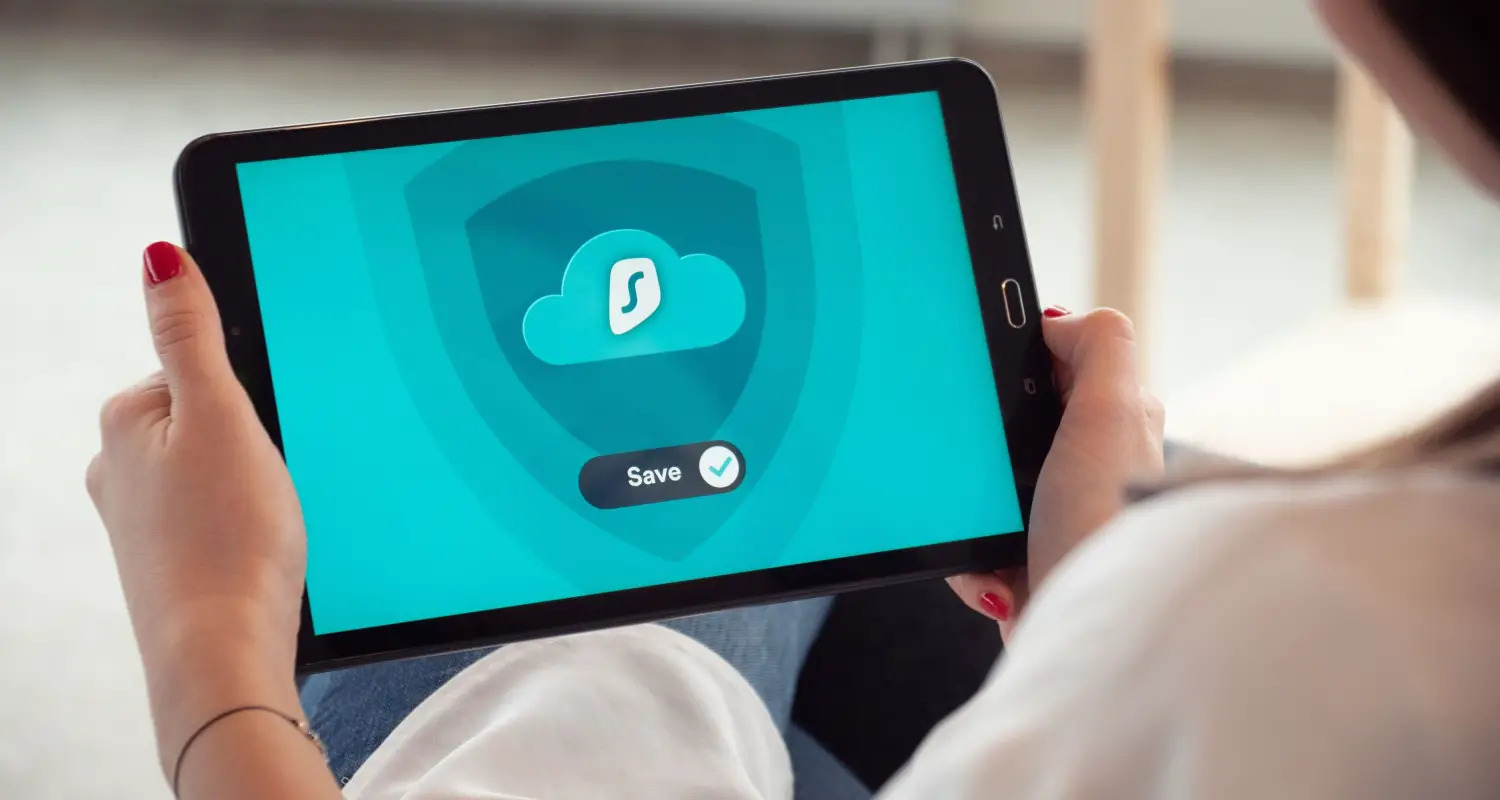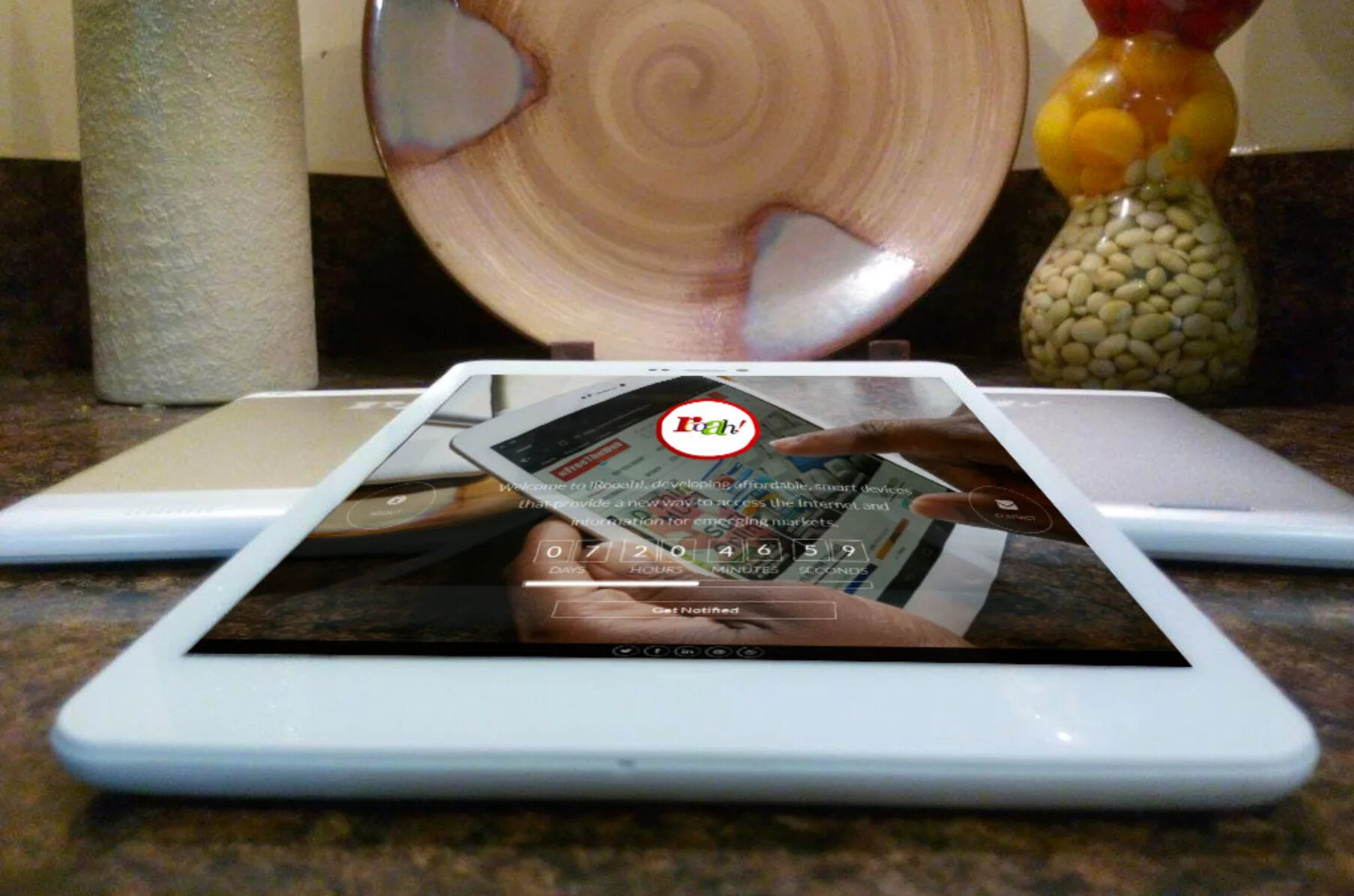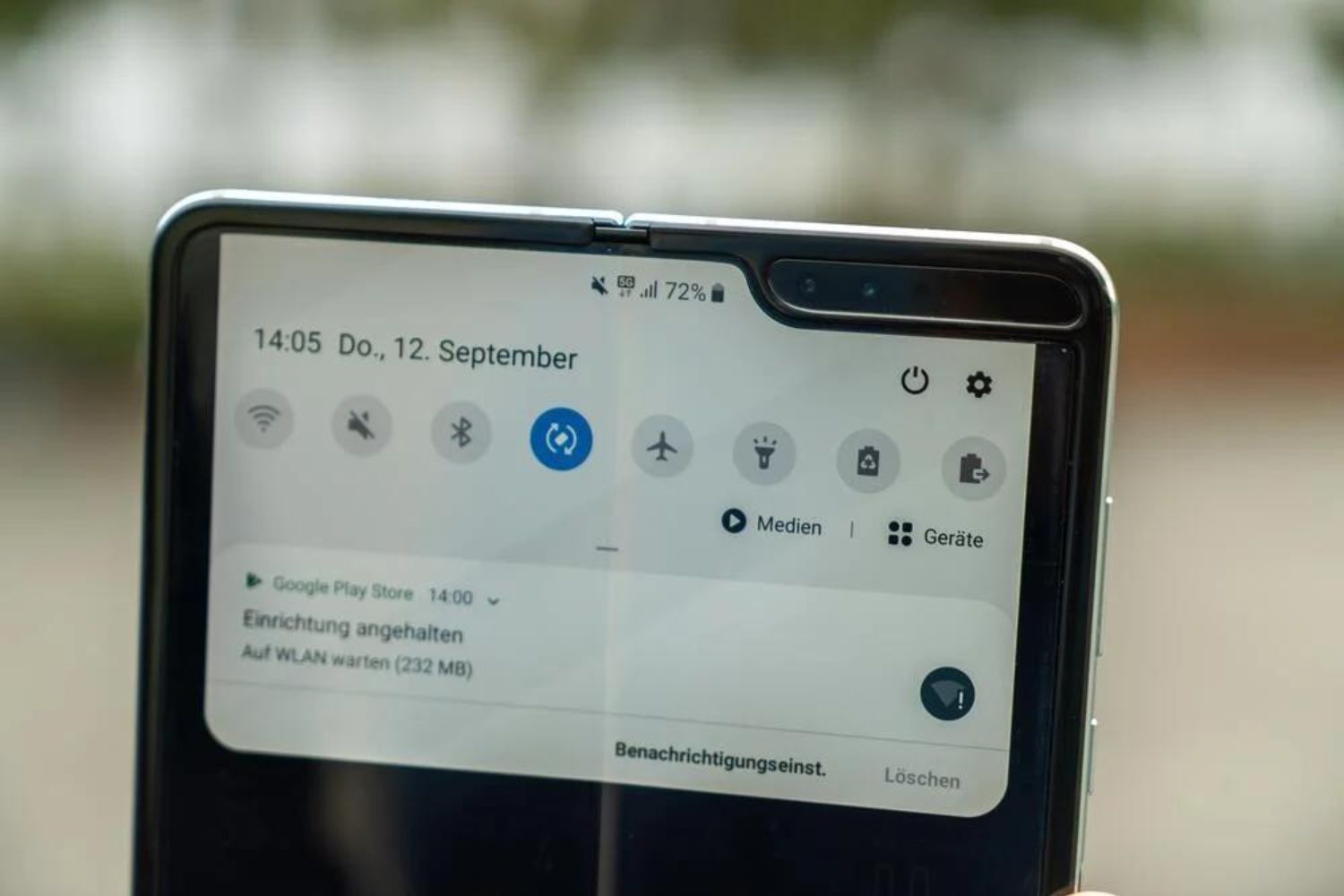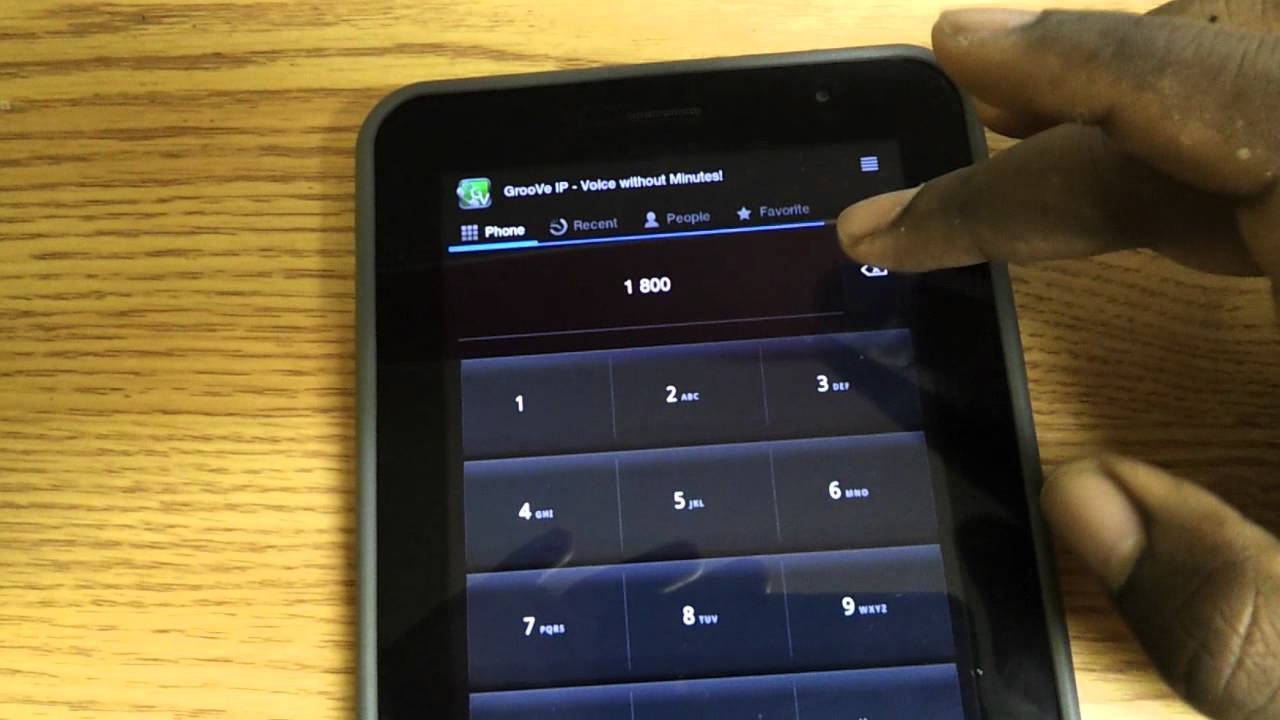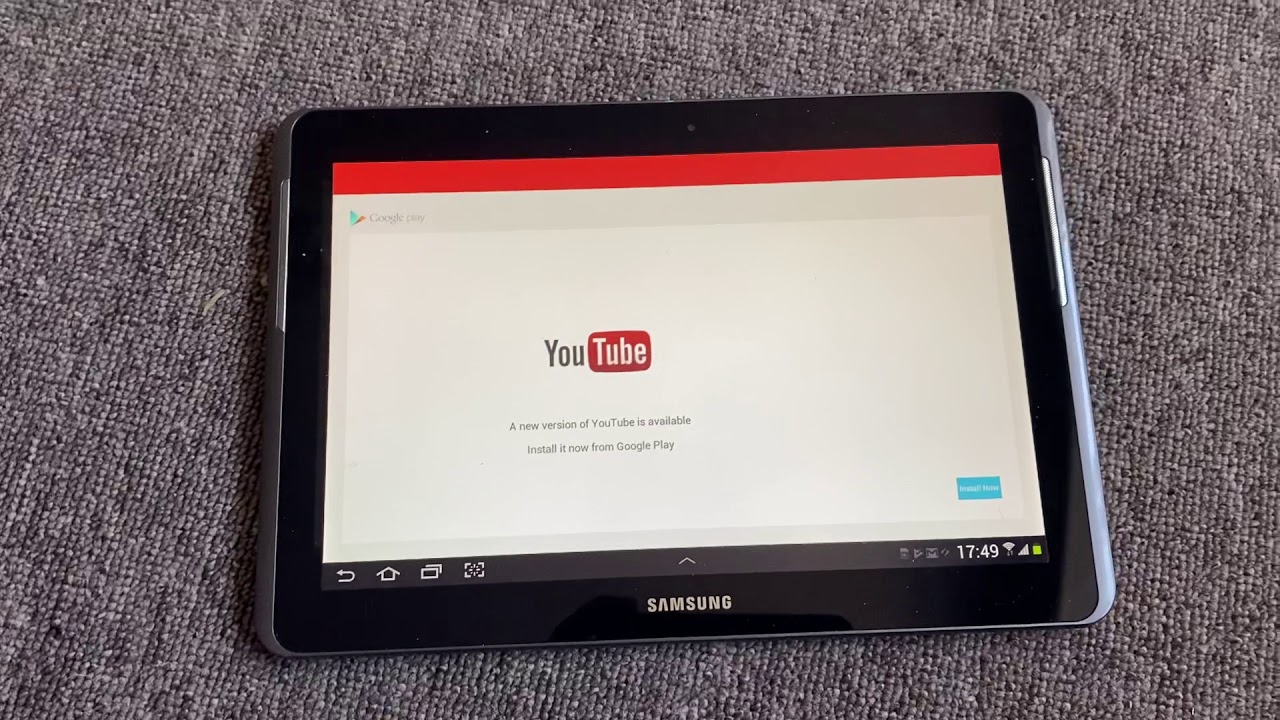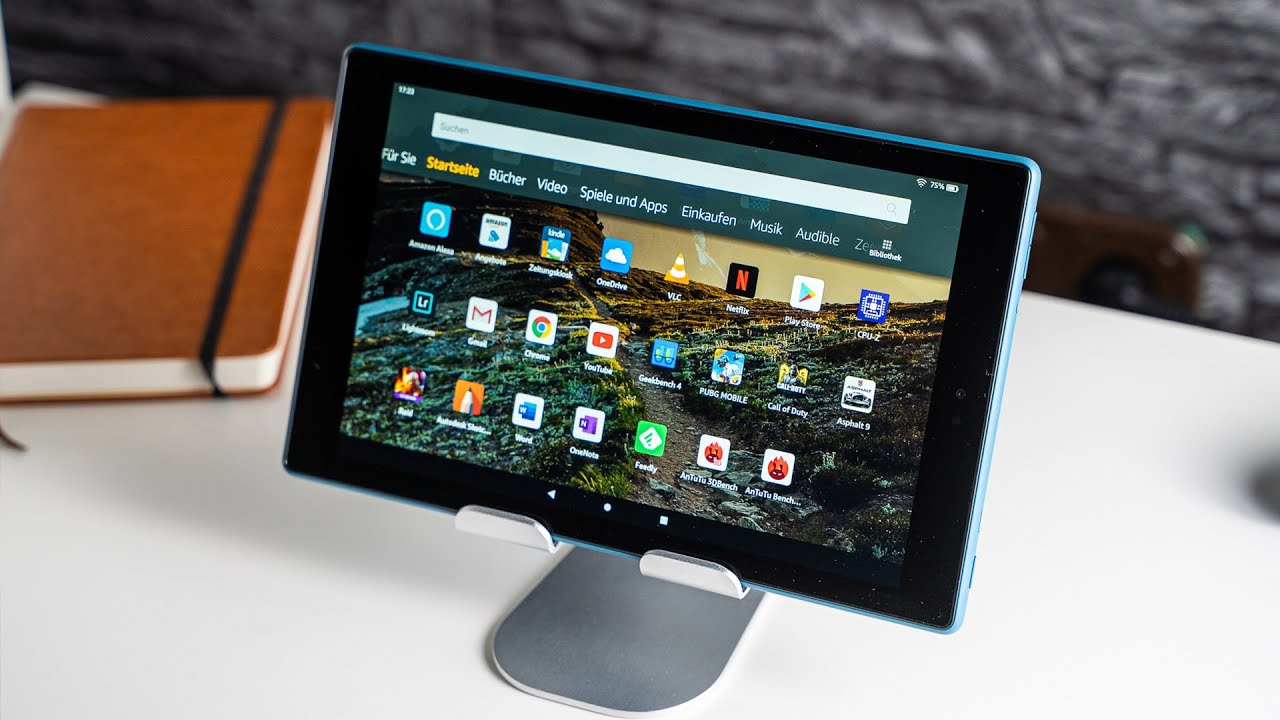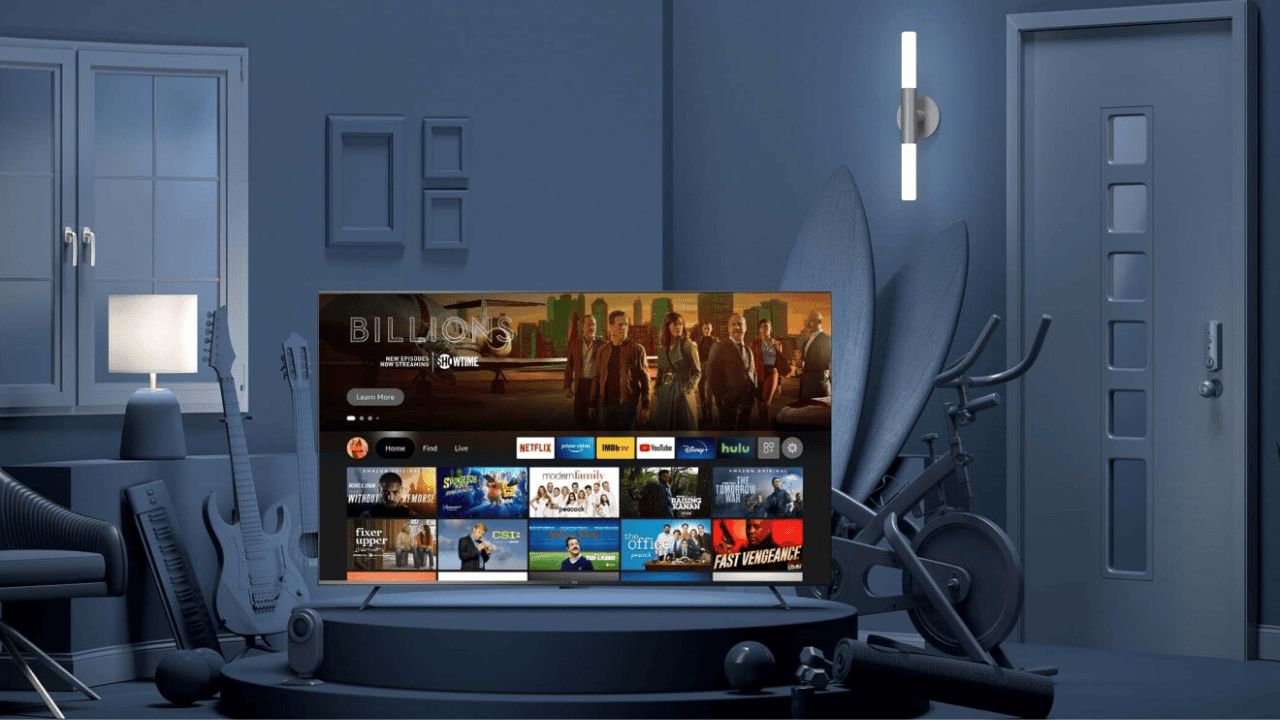Introduction
Welcome to the digital age where instant access to the internet is crucial for our daily lives. Whether you’re browsing the web, streaming videos, or staying connected with loved ones, having internet access on your tablet is essential. But how exactly can you get internet on a tablet? In this article, we will explore various methods that will enable you to stay connected and enjoy the full potential of your device.
Tablets have become increasingly popular due to their portability, versatility, and user-friendly interface. However, unlike smartphones, tablets do not come with built-in cellular connectivity. This means that to access the internet on your tablet, you will need to rely on Wi-Fi or find alternative means of connecting.
In the following sections, we will discuss different options for getting internet on your tablet, including Wi-Fi connections, cellular data plans, tethering with a smartphone, mobile hotspots, public Wi-Fi networks, satellite internet, and portable routers. Each of these methods has its advantages and considerations, so let’s dive in and explore the possibilities!
Wi-Fi Connection
A Wi-Fi connection is one of the most common and convenient ways to access the internet on a tablet. Most tablets come equipped with Wi-Fi capabilities, allowing them to connect to wireless networks in your home, office, or public hotspots.
To connect your tablet to a Wi-Fi network, you need to ensure that Wi-Fi is enabled on your device. This can usually be done by accessing the settings menu and selecting the Wi-Fi option. Once enabled, your tablet will scan for available networks, and you can choose the network you want to connect to.
If it’s your first time connecting to a network, you may need to enter the network’s password. Once connected, your tablet will remember the network, and you’ll be able to access the internet whenever you’re within range of that particular Wi-Fi network.
Wi-Fi connections offer fast and reliable internet access, provided you are in range of a compatible network. However, keep in mind that Wi-Fi networks have limited coverage and may not be available in certain areas. Additionally, public Wi-Fi networks can be susceptible to security risks, so it’s always important to exercise caution and avoid accessing sensitive information over public Wi-Fi connections.
Another point to consider is that if you frequently find yourself in places without Wi-Fi access, relying solely on Wi-Fi connections may not be a practical option. In such cases, you might want to explore other methods, such as cellular data plans or mobile hotspots, which we will discuss in the next sections.
Cellular Data Plans
If you’re looking for internet access on your tablet anywhere, anytime, cellular data plans can be an excellent option. By subscribing to a cellular data plan from a mobile service provider, you can use your tablet’s built-in cellular connectivity to access the internet, just like you would with a smartphone.
With a data plan, your tablet will have its own SIM card, allowing it to connect to the provider’s cellular network. This means you can access the internet even if there is no Wi-Fi available. Cellular data plans come in different packages, offering varying amounts of data, speed, and coverage. It’s essential to choose a plan that suits your needs.
To activate a data plan, you’ll need to sign up with a mobile service provider and insert your SIM card into your tablet. Once activated, you’ll be able to connect to the internet using your tablet’s cellular connectivity. However, keep in mind that using cellular data can consume your allocated data limits, which may result in additional charges or reduced speeds once you exceed your plan’s limit.
Cellular data plans provide great flexibility, allowing you to stay connected on the go. You can access the internet, check emails, stream videos, and use various apps without relying on Wi-Fi connections. However, it’s worth noting that the availability and quality of cellular networks can vary depending on your location. In remote or rural areas, you may experience weaker signals or limited coverage.
If you’re interested in obtaining a cellular data plan, it’s worth comparing different providers’ offerings to find the most suitable one for your needs. Consider factors such as coverage, data limits, cost, and customer reviews to make an informed decision.
Tethering with a Smartphone
If you already have a smartphone with a data plan, tethering can be an effective way to share your phone’s internet connection with your tablet. Tethering allows you to use your smartphone as a portable Wi-Fi hotspot, providing internet access to your tablet and other devices.
To tether your smartphone with your tablet, you’ll need to enable the hotspot feature on your phone. This can usually be found in the settings menu, under the “Hotspot & Tethering” or “Personal Hotspot” section. Once enabled, your phone will emit a Wi-Fi network that you can connect your tablet to.
When you connect your tablet to the hotspot, it will use your phone’s cellular data to access the internet. This means you’ll be sharing your phone’s data plan, so be mindful of your data usage to avoid exceeding your plan’s limits or incurring additional charges.
Tethering can be a convenient option when you need internet access on your tablet but don’t have access to Wi-Fi or a separate data plan. Additionally, it’s worth noting that many smartphones support tethering via USB cable or Bluetooth if Wi-Fi isn’t available.
Keep in mind that tethering can consume more battery power on your smartphone due to the additional workload. It’s recommended to have your phone plugged in or to keep an eye on your battery level during extended periods of tethering.
Some mobile service providers may charge an additional fee to enable tethering, so it’s essential to check with your provider to understand the terms and conditions of using your phone as a hotspot.
Tethering with a smartphone offers a flexible solution to get internet access on your tablet, especially when other options are limited. It allows you to make use of your phone’s existing data plan and ensures that you can stay connected even when Wi-Fi networks are unavailable.
Mobile Hotspots
If you’re in need of internet access for your tablet and other devices on the go, a mobile hotspot can be an excellent solution. A mobile hotspot is a separate device that acts as a portable Wi-Fi router, allowing you to connect multiple devices, including your tablet, to the internet.
To use a mobile hotspot, you’ll need to purchase a hotspot device from a mobile service provider or electronics store. These devices come with their own data plans, similar to cellular data plans for tablets or smartphones. The hotspot device uses cellular connectivity to establish an internet connection and emits a Wi-Fi network that you can connect your tablet to.
Setting up a mobile hotspot is usually straightforward. You’ll need to activate the device and configure the settings, such as the Wi-Fi network name and password. Once set up, you can connect your tablet to the hotspot just like you would with a regular Wi-Fi network.
Mobile hotspots offer several advantages. Firstly, they provide a dedicated internet connection for your tablet, ensuring fast and reliable access. Secondly, they offer the flexibility to connect multiple devices simultaneously. This is especially useful when you’re traveling, as you can connect your tablet, laptop, and other devices to a single hotspot device.
However, it’s important to consider the limitations of mobile hotspots. They rely on cellular networks, so coverage and signal strength may vary depending on your location. Additionally, mobile hotspot devices require their own data plans, which may have limitations on data usage and additional costs.
When choosing a mobile hotspot device, compare different providers’ offerings to find the most suitable option for your needs. Consider factors such as coverage, data plans, device specifications, and customer reviews to make an informed decision.
Mobile hotspots are a fantastic option when you require internet access for your tablet and other devices while on the move. They provide a reliable and convenient way to stay connected without relying on Wi-Fi networks and can be especially useful for frequent travelers or those in areas with limited Wi-Fi coverage.
Public Wi-Fi Networks
When you’re out and about, public Wi-Fi networks can provide a convenient and cost-effective way to access the internet on your tablet. Public Wi-Fi networks are available in various locations such as coffee shops, restaurants, libraries, airports, and hotels.
To connect your tablet to a public Wi-Fi network, simply enable the Wi-Fi option on your device and select the network you want to join from the available options. In most cases, these networks do not require a password, but some may require you to agree to terms and conditions before accessing the internet.
Public Wi-Fi networks offer several advantages. They are often free to use, making them a budget-friendly option for internet access. Additionally, they are widespread and can be found in many public places, providing convenience and accessibility.
However, it’s important to be cautious when using public Wi-Fi networks. These networks are typically unsecured, which means that hackers may be able to intercept sensitive information transmitted over the network. To ensure your online security, avoid accessing or transmitting sensitive data such as personal information, banking details, or passwords when connected to public Wi-Fi.
If you do need to access sensitive information while on a public Wi-Fi network, consider using a virtual private network (VPN). A VPN creates a secure and encrypted connection between your device and the internet, protecting your data from potential threats. Many VPN services are available for tablets and can be installed and activated with ease.
Lastly, keep in mind that the quality and speed of public Wi-Fi networks can vary. Some networks may be crowded or have limited bandwidth, which can result in slower internet speeds. If you require a faster and more reliable connection, other options such as cellular data plans or mobile hotspots may be more suitable.
Public Wi-Fi networks are a convenient option for accessing the internet on your tablet while you’re outside your home. They provide a cost-effective solution and are widely available in many public locations. However, be cautious about the security risks associated with these networks and avoid sharing sensitive information when connected to public Wi-Fi.
Satellite Internet
When traditional means of internet connectivity such as Wi-Fi or cellular data are unavailable or unreliable, satellite internet can be a viable option to get internet access on your tablet. Satellite internet utilizes communication satellites in orbit around the Earth to provide internet connectivity to users in remote or rural areas.
To access satellite internet on your tablet, you’ll need a satellite dish receiver and a modem specifically designed for satellite internet. The dish receiver captures signals from the communication satellites, while the modem processes and transmits the data to your tablet.
Satellite internet offers several advantages. It provides internet access in areas where terrestrial infrastructure, such as cables or cell towers, is not available or feasible. This makes it a preferred option for those living in remote locations or areas with limited connectivity options.
Another benefit of satellite internet is its wide coverage. Communication satellites are positioned in geostationary orbit, allowing them to cover large areas, including entire countries or even continents. This means that as long as you have a clear view of the sky, you can access the internet on your tablet.
However, there are a few considerations to keep in mind when it comes to satellite internet. Firstly, it can be relatively expensive compared to other options. The cost of equipment installation, monthly service fees, and data usage limits should be taken into account before opting for satellite internet.
Secondly, satellite internet is known to have higher latency compared to other forms of internet connectivity. This means there may be a slight delay in transmitting data between your tablet and the satellite. While this may not pose a significant issue for general browsing and streaming, it can have an impact on real-time applications such as online gaming or video conferencing.
Lastly, weather conditions can affect satellite internet performance. Heavy rain, thunderstorms, or cloud cover can interfere with the signals between your dish and the satellite, resulting in potential disruptions or slower speeds.
Overall, satellite internet can be a reliable alternative to get internet access on your tablet, especially in remote areas with limited options. While it may come with higher costs and latency compared to other methods, it provides connectivity where traditional means are not available.
Portable Router
If you’re constantly on the move and need a reliable and secure internet connection for your tablet, a portable router can be an excellent solution. Portable routers, also known as travel routers or pocket routers, create a personal Wi-Fi network using a wired or cellular connection.
To use a portable router with your tablet, you’ll need to connect it to an existing wired Ethernet connection or insert a SIM card with a data plan into the router. Once the router is configured, it will emit a Wi-Fi network that you can connect your tablet to, providing internet access wherever you go.
Portable routers offer several advantages. Firstly, they provide a secure and private Wi-Fi network for your tablet, ensuring that your data is protected while you’re connected. This is especially useful when you’re using public Wi-Fi networks, as it adds an extra layer of security.
Secondly, portable routers offer flexibility in terms of connectivity options. Some routers support multiple WAN (Wide Area Network) connections, allowing you to switch between wired Ethernet, cellular data, or even satellite connections depending on the availability or preference.
Additionally, portable routers often come with additional features such as built-in power banks, VPN support, and advanced security settings. These features enhance the convenience and functionality of the router, making it a versatile tool for staying connected on the go.
However, there are a few things to consider when using a portable router. Firstly, the range and signal strength of the router may vary depending on the model. If you require a larger coverage area, consider selecting a router with a higher range or investing in additional range extenders.
Secondly, some portable routers may have limitations on the number of connected devices or data usage. Ensure that the router you choose can accommodate your needs, especially if you plan on connecting multiple devices or using it for data-intensive activities.
Lastly, keep in mind that portable routers require power to operate. While some models come with built-in batteries or can be charged via USB, others may need to be connected to a power source. Ensure that you have access to power or have a backup power solution for uninterrupted use.
Overall, portable routers provide a reliable and secure way to access the internet on your tablet while you’re on the move. They offer flexibility in connectivity options and additional features that enhance the overall experience. Consider your specific needs and preferences when selecting a portable router for your tablet.
Conclusion
Getting internet access on your tablet is essential for staying connected and maximizing its capabilities. In this article, we’ve explored various methods to get internet on a tablet, including Wi-Fi connections, cellular data plans, tethering with a smartphone, mobile hotspots, public Wi-Fi networks, satellite internet, and portable routers.
Wi-Fi connections provide a convenient and widely available option for accessing the internet on your tablet. By connecting to Wi-Fi networks in your home, office, or public hotspots, you can enjoy fast and reliable internet access.
Cellular data plans allow you to utilize your tablet’s built-in cellular connectivity to access the internet anywhere with cellular coverage. It provides flexibility and convenience but may come with data limits or network coverage considerations.
Tethering with a smartphone enables you to share your phone’s internet connection with your tablet. It can be an effective solution when Wi-Fi or cellular data plans are unavailable or limited.
Mobile hotspots act as portable Wi-Fi routers, allowing you to connect multiple devices, including your tablet, to the internet. They provide flexibility and convenience, particularly for individuals who are frequently on the move.
Public Wi-Fi networks are widely available in various public locations and offer a budget-friendly option for internet access on your tablet. However, caution must be exercised when it comes to security and sensitive data transmission.
Satellite internet can be a reliable option in remote areas with limited connectivity options. It utilizes communication satellites to provide internet access, although it may come with higher costs and latency.
Portable routers create personal Wi-Fi networks using wired or cellular connections. They offer security, flexibility, and additional features, making them an ideal solution for individuals who require reliable internet access while traveling.
When choosing a method for getting internet on your tablet, consider your specific needs, budget, and the availability of options in your area. It’s also essential to prioritize security and take necessary precautions to protect your data and privacy.
With the various methods discussed in this article, you can find the best option that suits your requirements and ensures that you stay connected and make the most out of your tablet’s capabilities.







